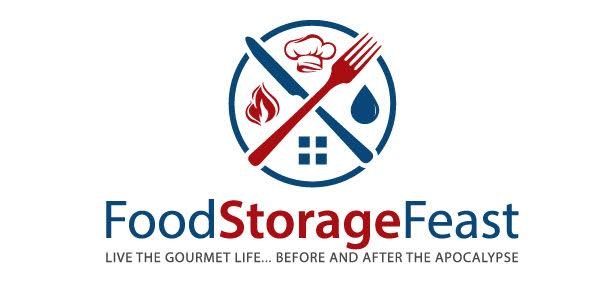Beans: All about ‘em
The humble bean, aptly called “the poor man’s meat”, is actually the most complex and enigmatic of the staple ingredients we cover in this book. The term ‘bean’ itself has proved rather elastic over the centuries as biological taxonomy has caught up with the gastronomical arts, but it’s still generally understood to mean a pod-borne, edible seed.
The ancients revered the musical fruit. The Aztecs and the Egyptian Pharaohs tucked beans into their tombs, presumably to be enjoyed in the afterlife. Greeks and Romans made offerings of them in their temples. Four aristocratic Roman families actually took their names from beans: Fabius (fava), Lentulus (lentil), Piso (pea), and Cicero (chickpea). The long-term storage potential of the bean was recognized long before the advent of the modern doomsday prepper: the navy bean earned its stripes, and its name, on long sea voyages.
No other food discussed in this course is so rich in both nutrition and toxins. Beans present unique challenges during both preparation and digestion. However, as a protein powerhouse, packed with vitamins, minerals, fiber, and even omega-3 and omega-6 fatty acids, they are well worth your time and effort… and when prepared proficiently, they’re pretty darn tasty.
(No other food we’ve covered thus far has proved so appetizing on paper or in my head. After hours of researching beans, I couldn’t take it any more, and had to go figure out how to make some baked beans to satisfy my newfound cravings. My dish hit the spot, and my wife was glad I beat her to making dinner for once. Check out Chef Keith’s recipes at the end of this section for your own bean fix. -Noah)
